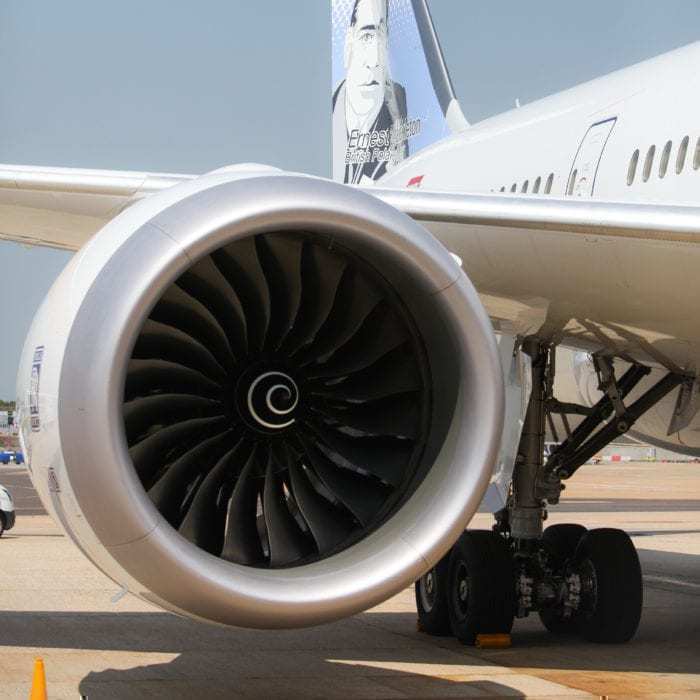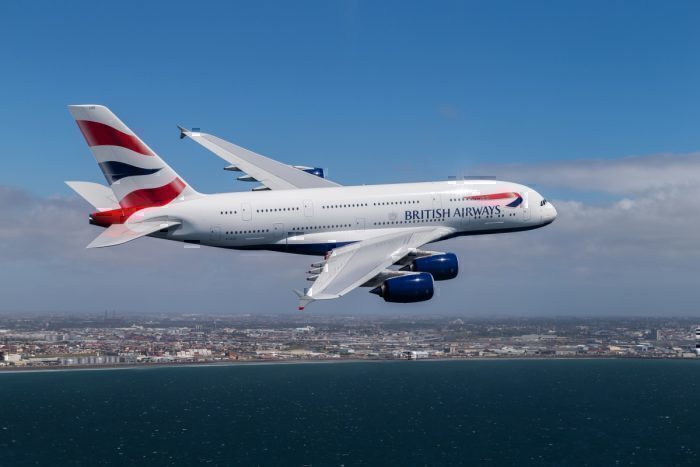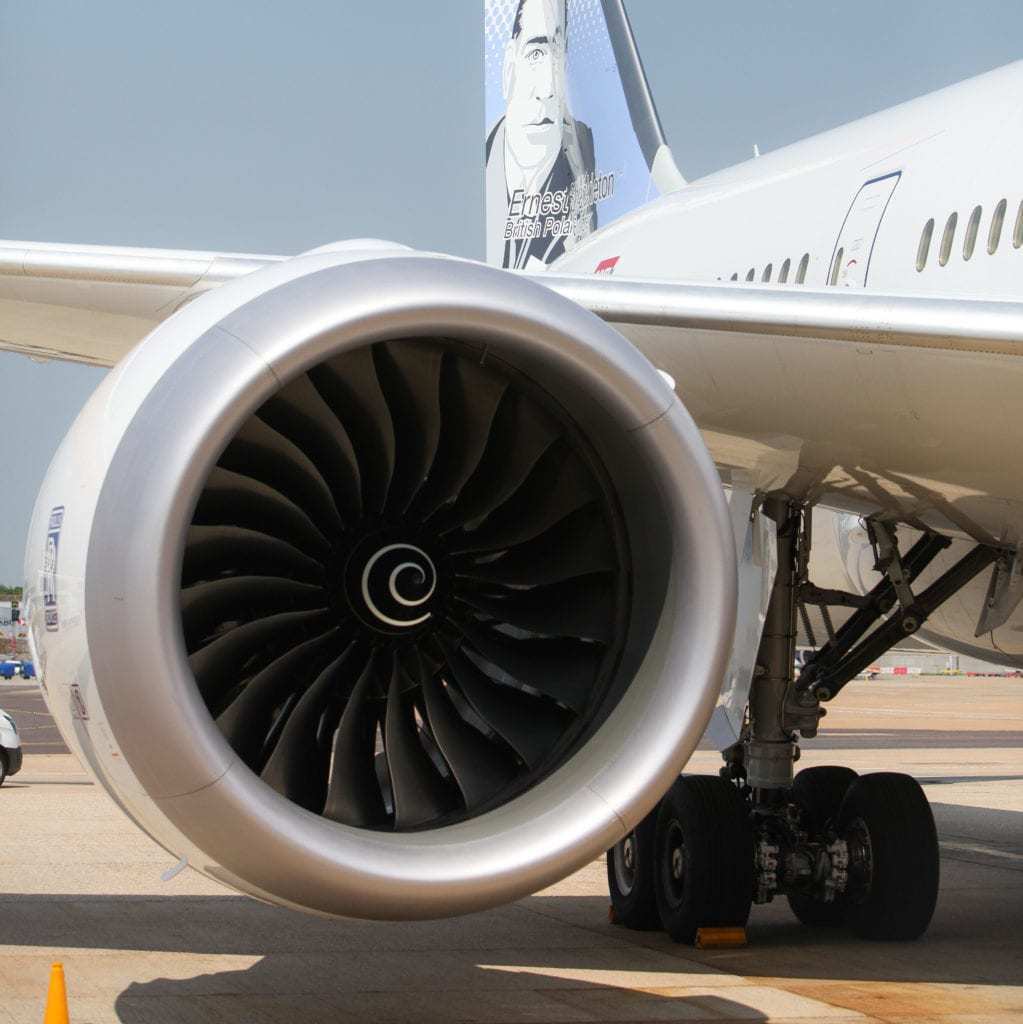Have you ever wondered how pilots start up an aircraft? In particular, how they power up the jet engines efficiently and safely? This article takes a look at the procedure for this for modern jet aircraft.

Powering up the aircraft
Starting up a jet aircraft is, of course, more complex than starting a car. You don’t just turn a key and start the engine. There is, in fact, no key involved at all, but there is a similarity in that the first step to starting the engine is to get power via a smaller ‘starter engine.’
First, aircraft systems are powered up using ground power, or internal battery power. This will start up most of the main aircraft instruments, systems, lights, and communications, but is not used directly to start the engines.

Getting the blades turning
When starting a jet engine, there must be sufficient airflow through the engine before fuel is introduced. If not, then starting combustion too early can damage the engine through overheating. So before fuel is introduced, another method must be used to start to spin the blades and generate airflow.
On most large commercial jets, power will be used to start the Auxillary Power Unit (APU). This is a separate power unit, contained in the tail of the aircraft. The APU is essentially a small turbine engine that generates high-pressure exhaust. This exhaust is used to spin the main engine turbine blades.

Starting the engines
The engines will be started one a time. Once the blades on the first engine to be started are spinning sufficiently, it will be started. Fuel is sent to the engine and ignited. Each engine usually has two ignitor units, which generate a high voltage ignition spark (much like a spark plug in a piston engine), which ignites the fuel and air mixture.

Pressure then builds up to further spin the engine and, once it reaches its idle power speed, the supply from the APU is removed.
The second engine (and third and fourth engines for some aircraft) are then started in turn. These can either be started the same way using the APU or by using high-pressure air from the already started engine. This is known as ‘cross bleed’ and is also a technique used for re-starting a failed engine.

Variations and older aircraft
As an alternative to the APU, some jet aircraft use a Jet Fuel Starter (JFS), or even direct battery power to initially spin the blades. The JFS is, like the APU, a separate turbine that generates exhaust to start the main engine, directly connected to the engine. These are found still on some smaller jet aircraft and older engine models.
It is also possible with some engine to start from a ground-based source. High-pressure air can be provided from a mobile cart to help start the engines.
[ad_2]
Source link


